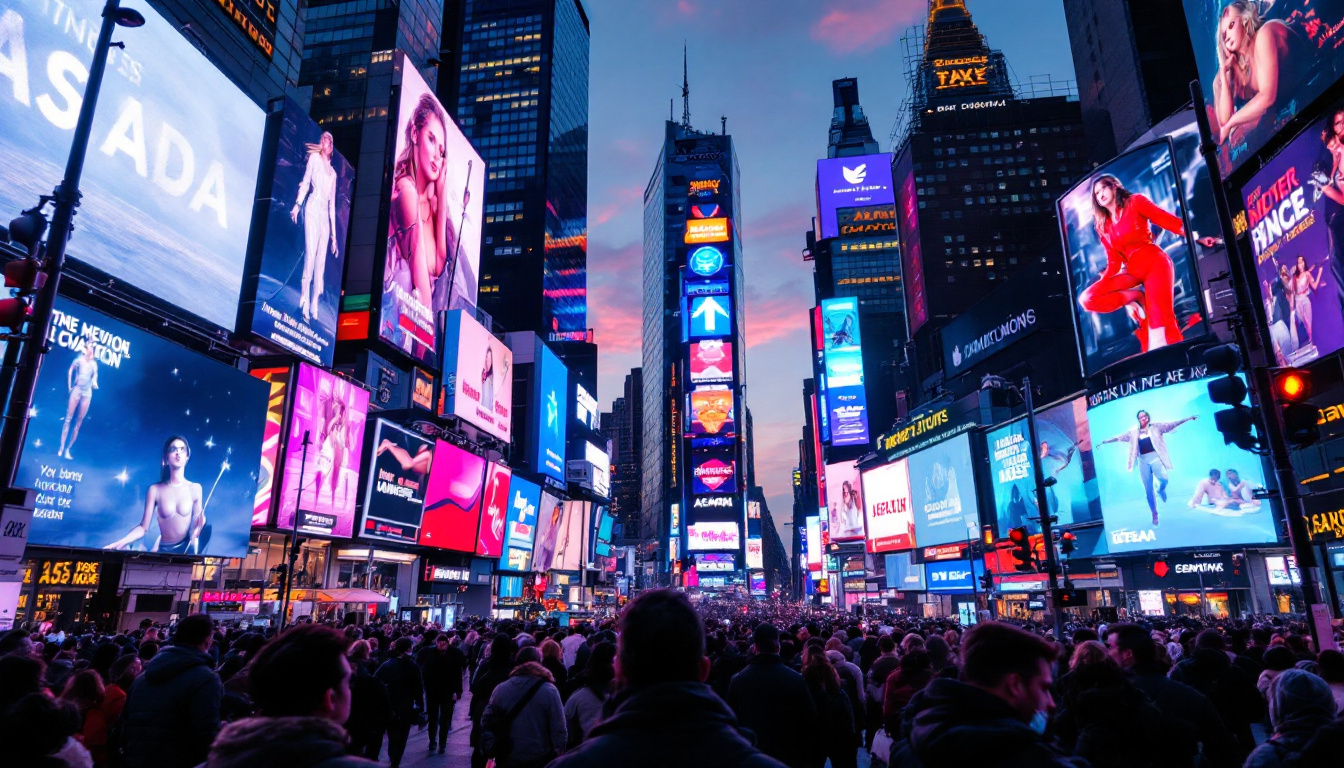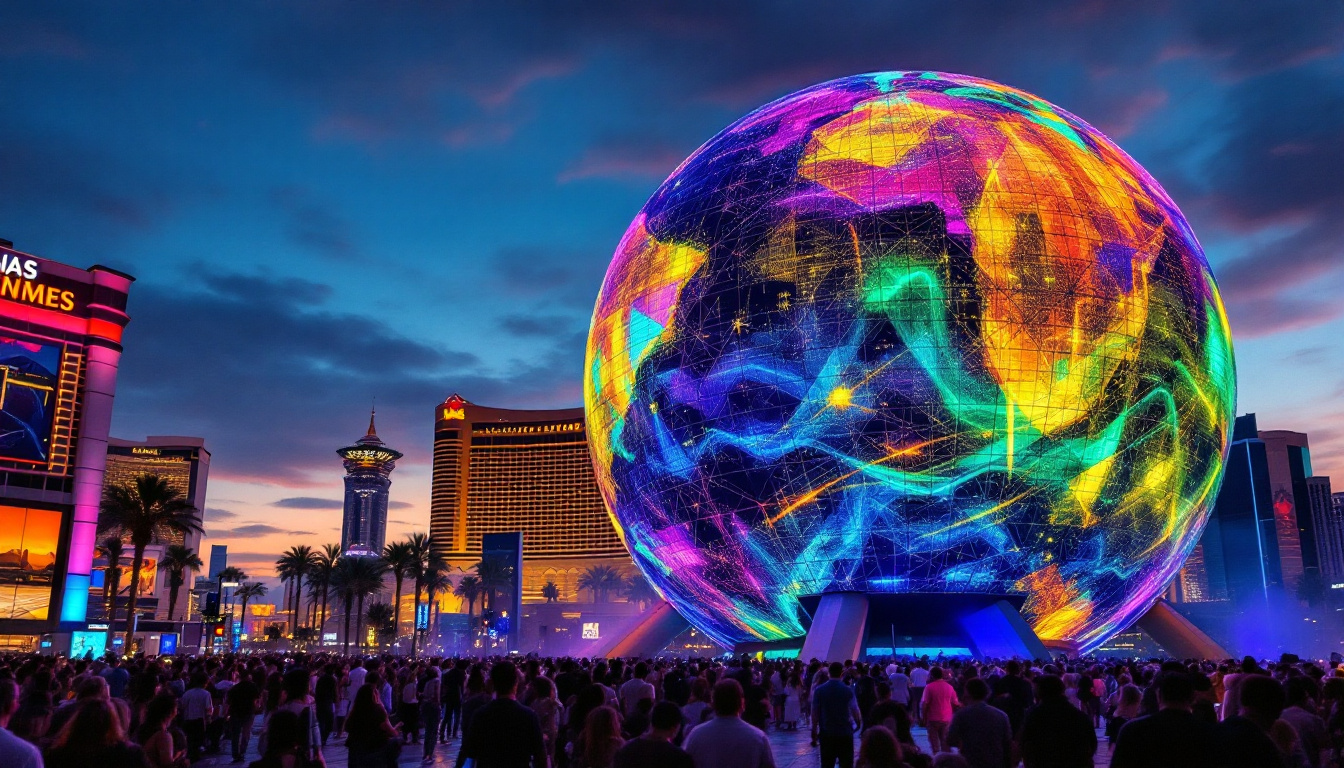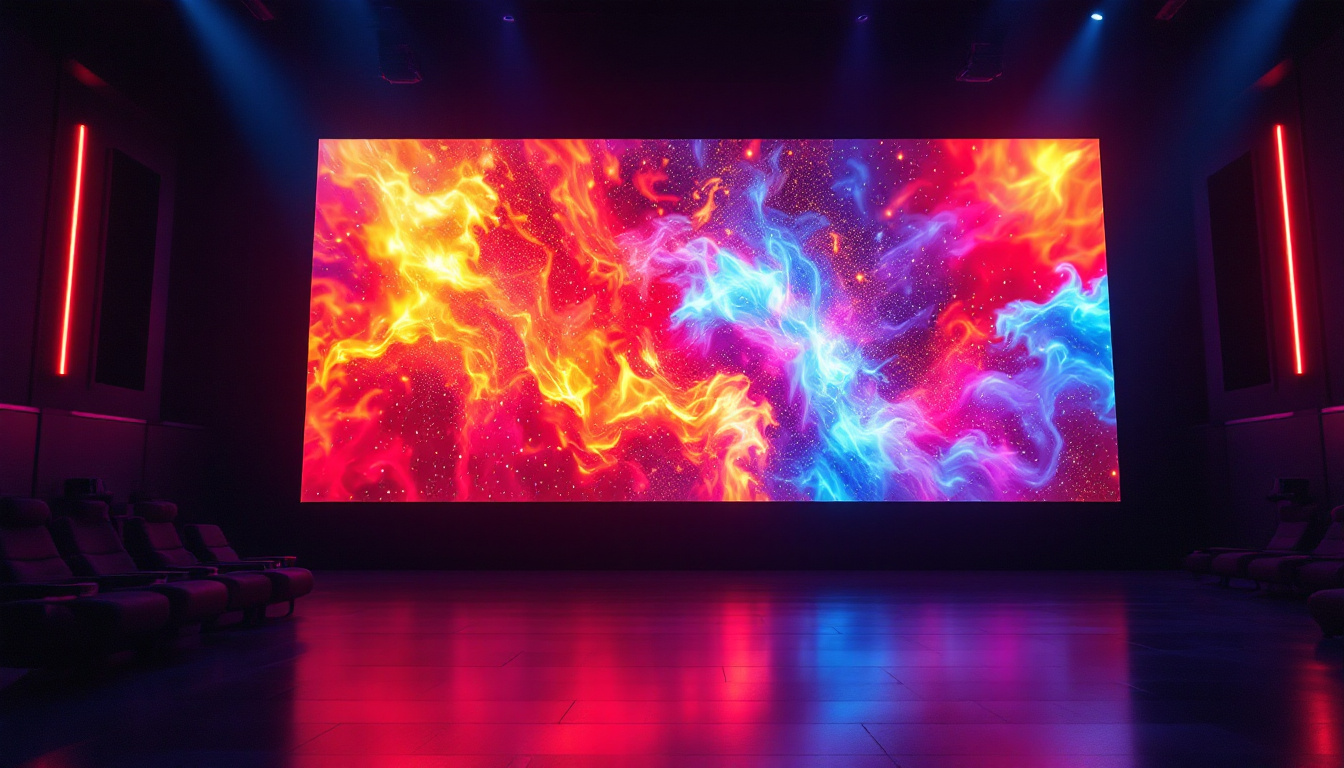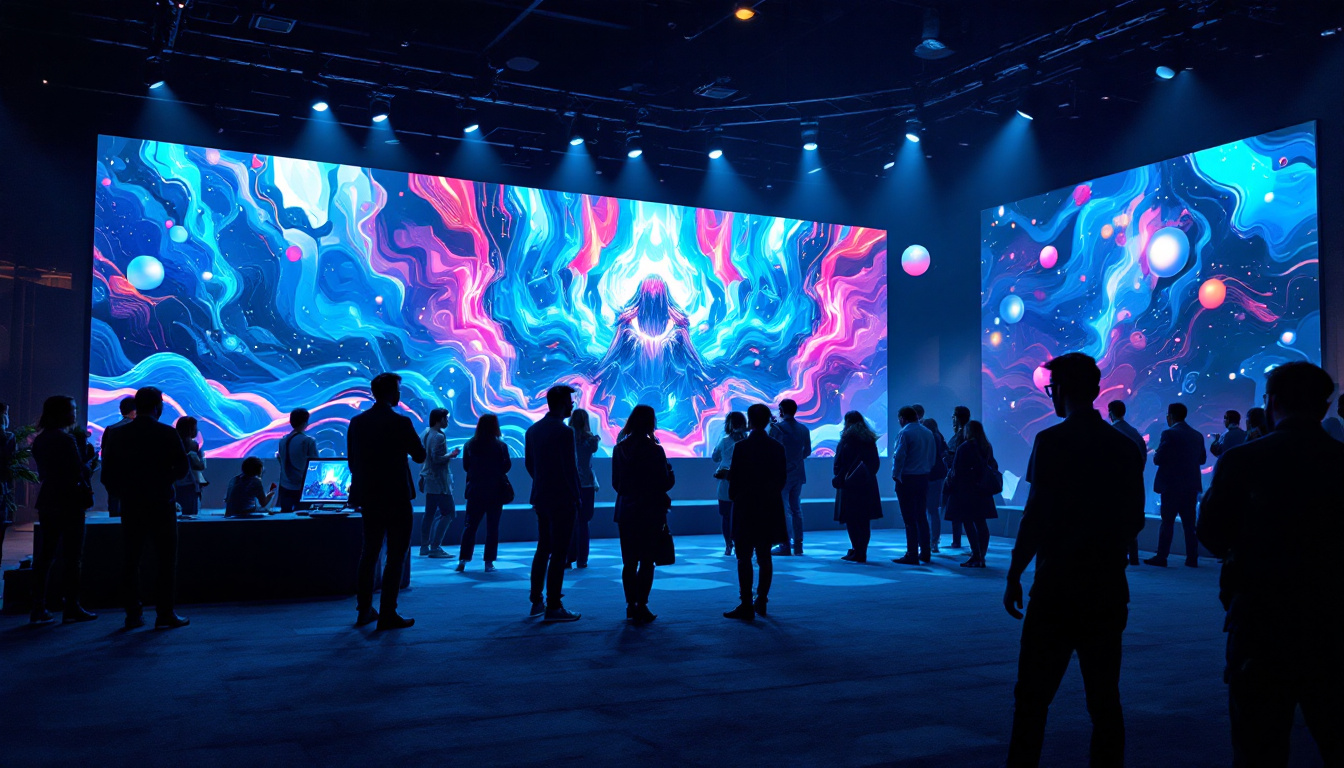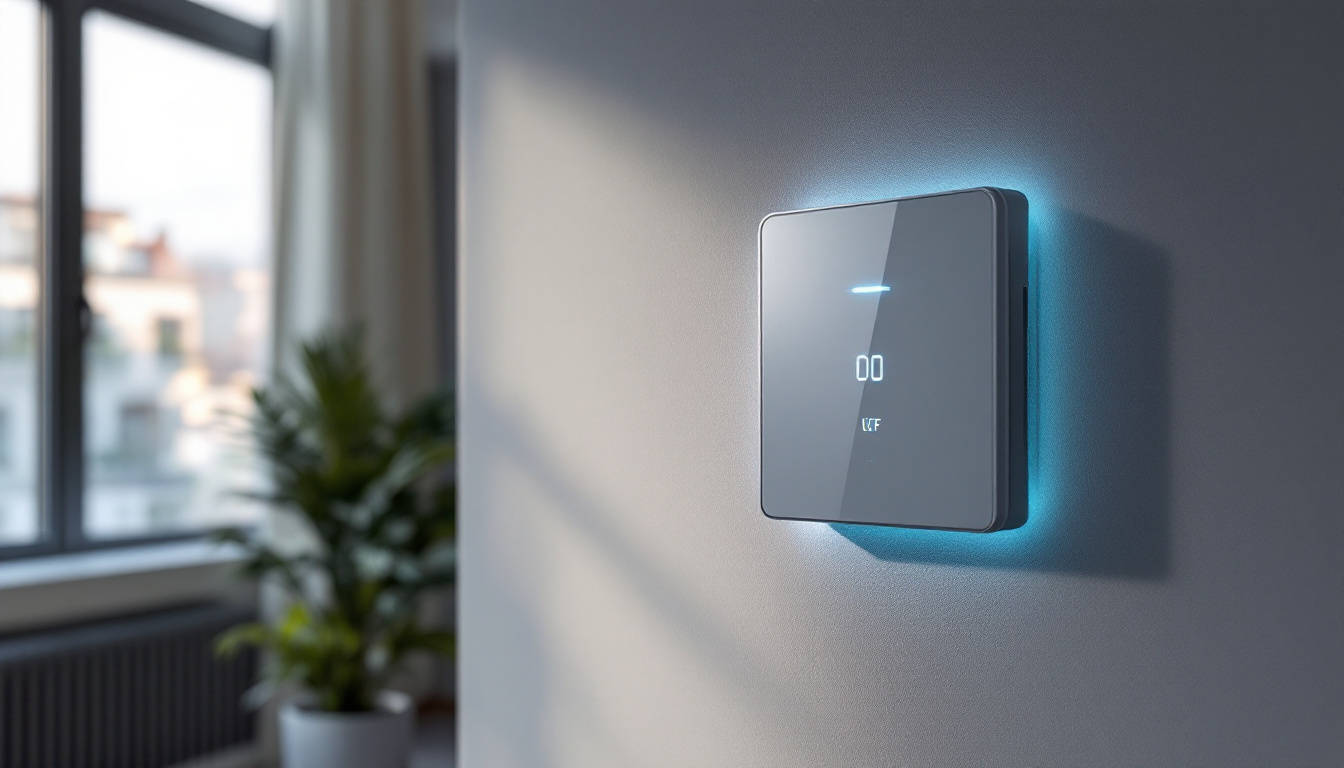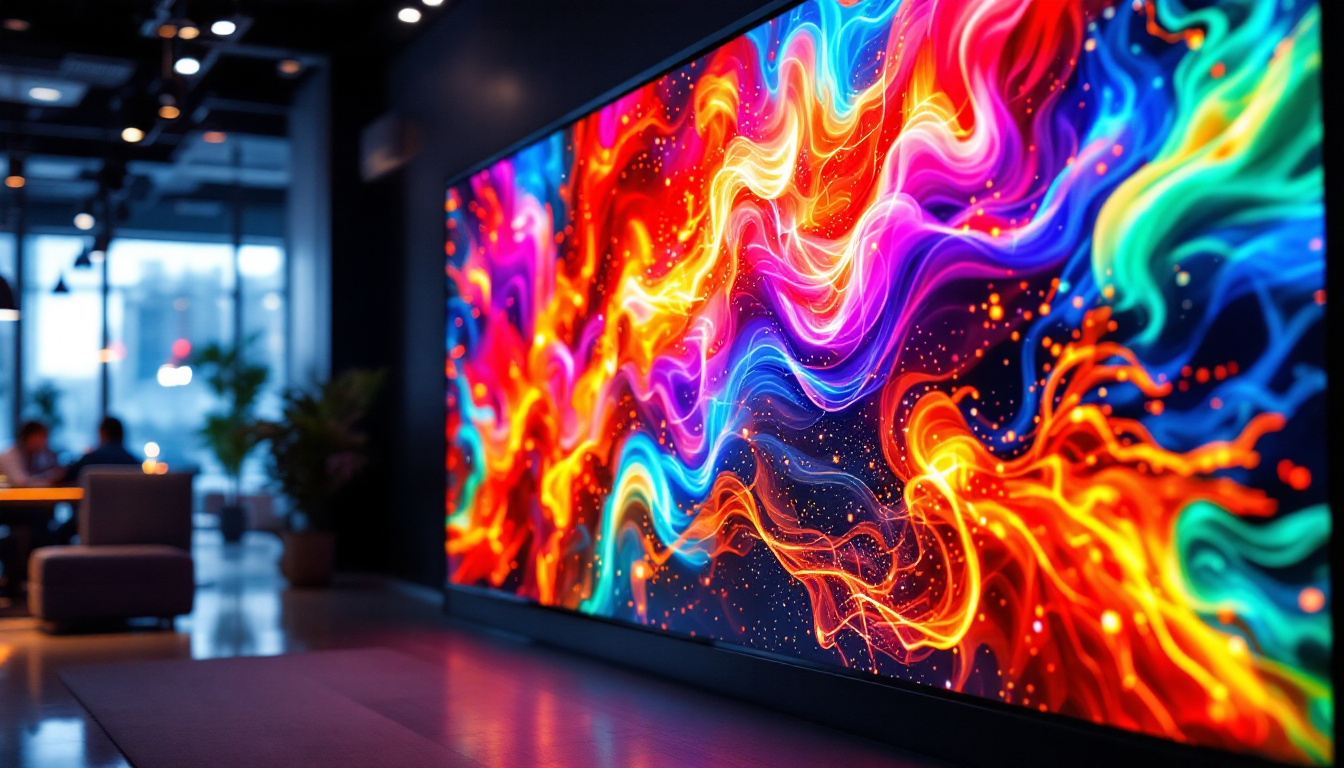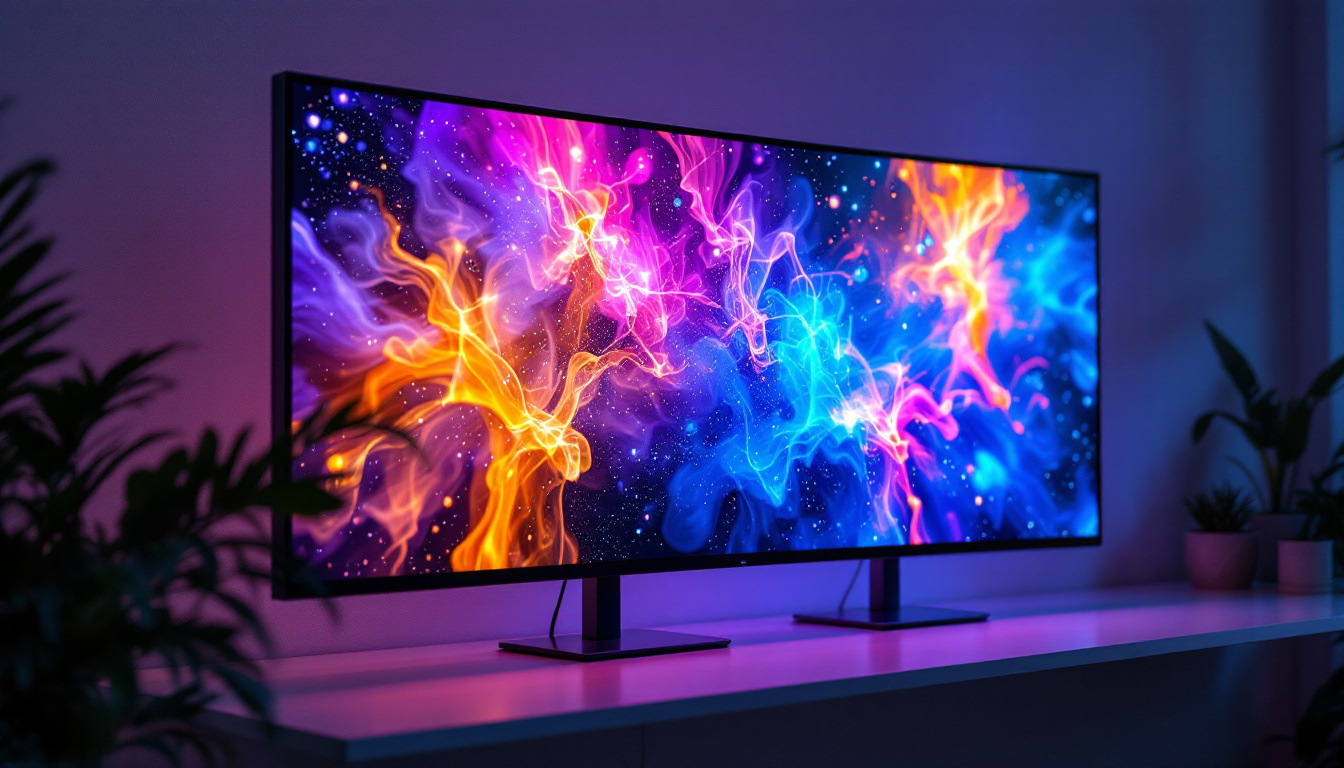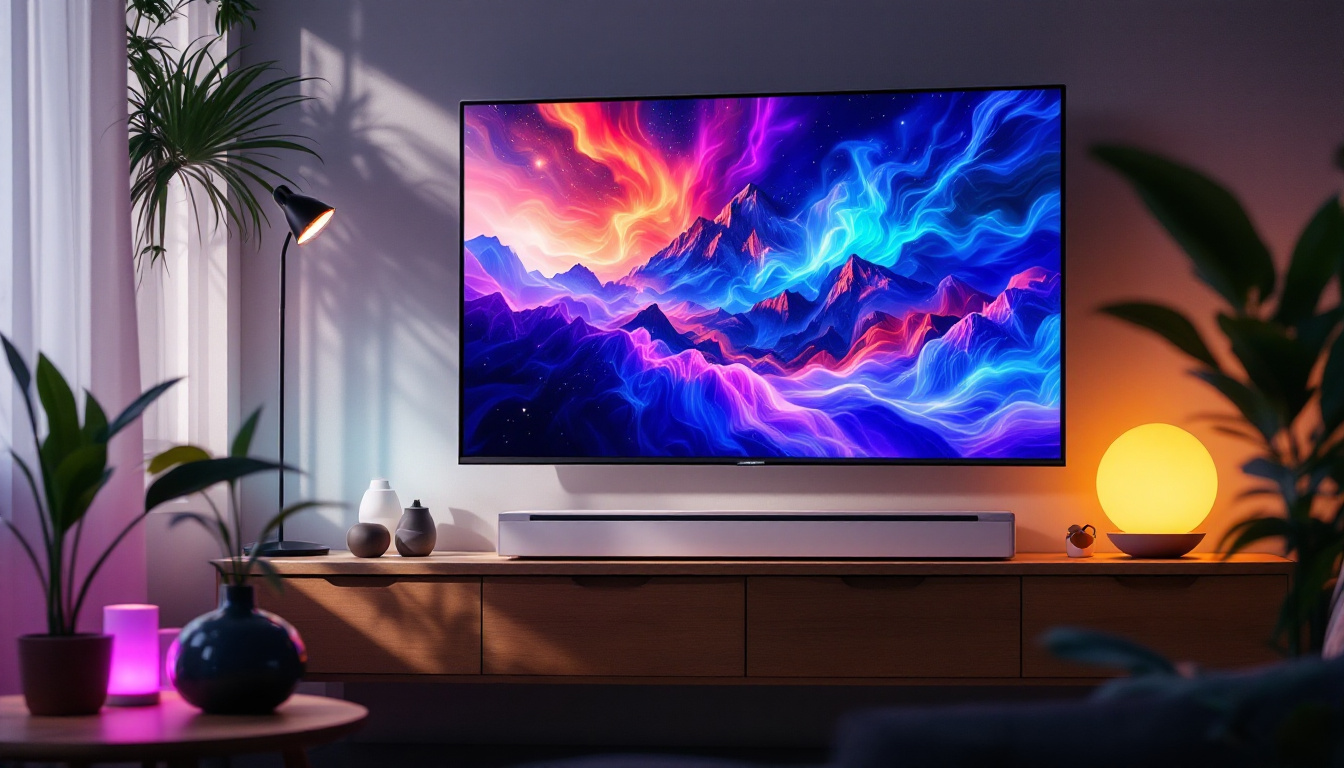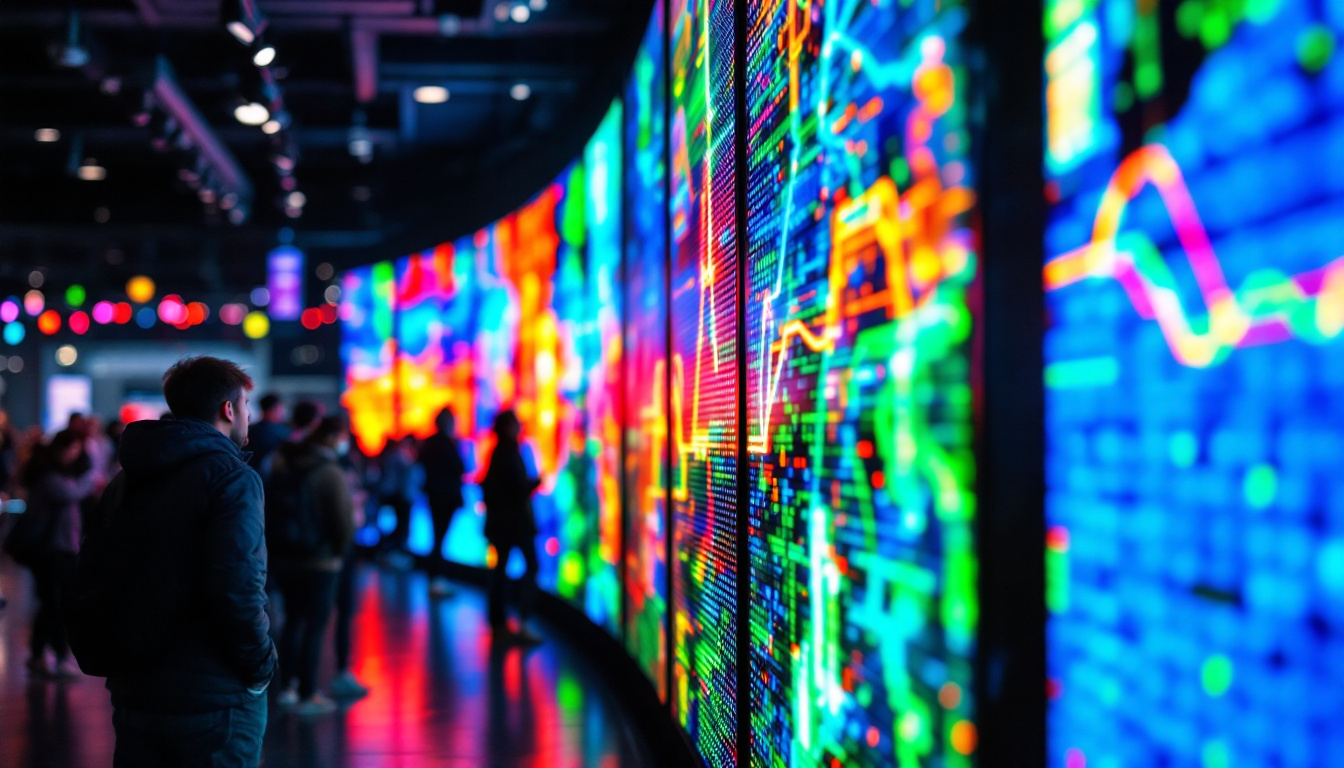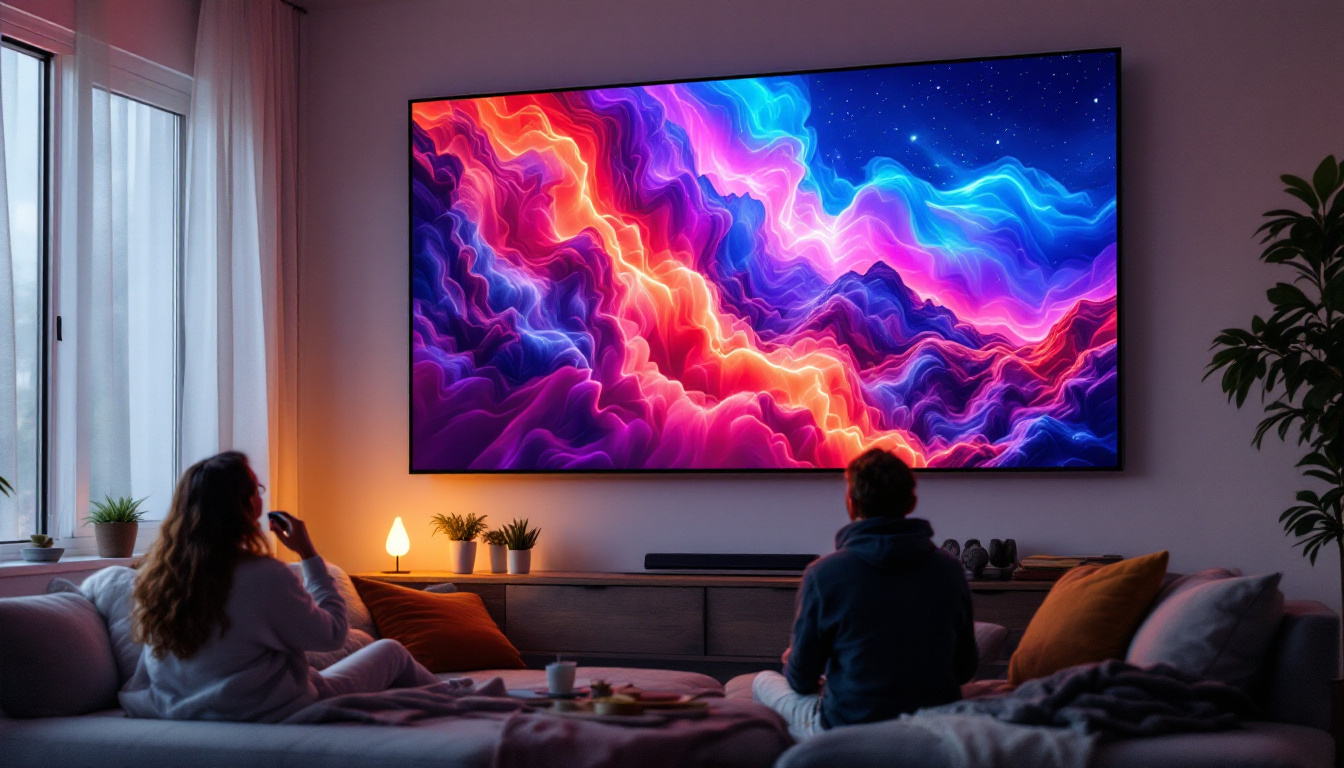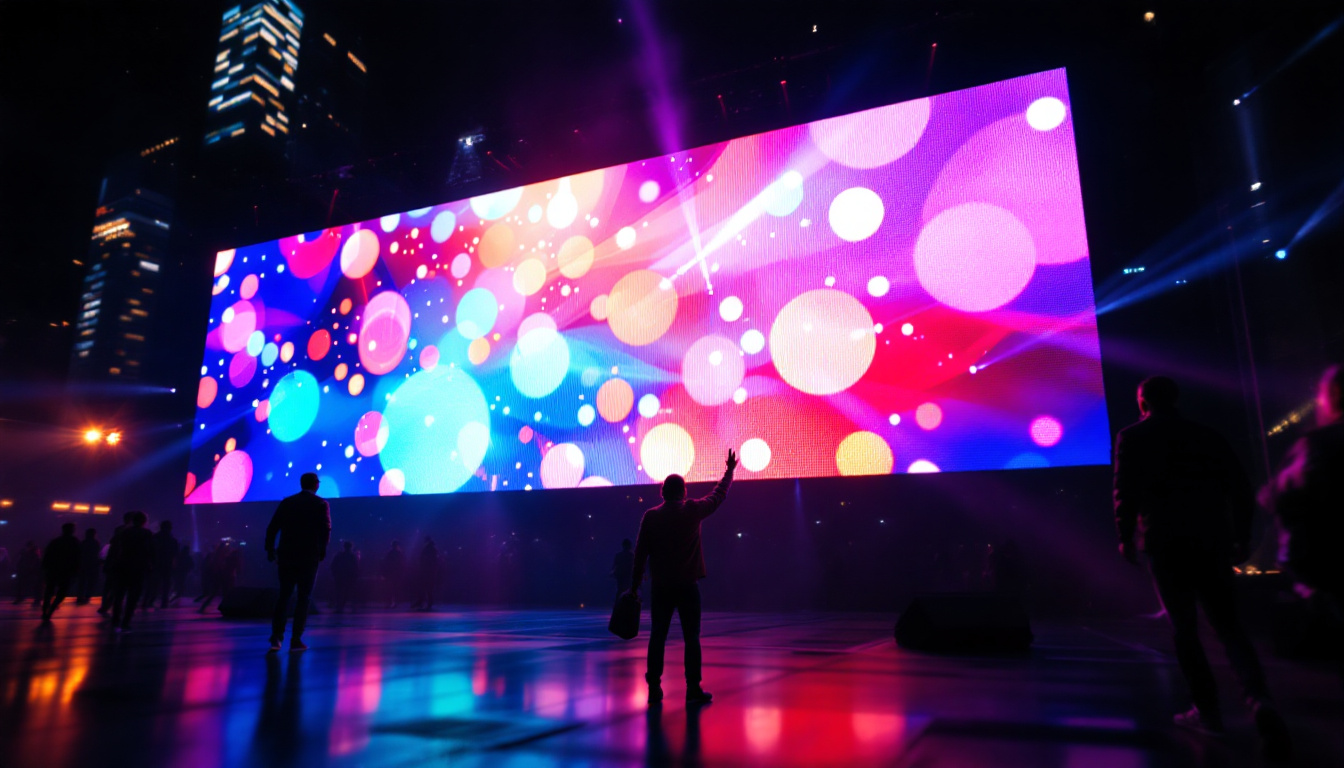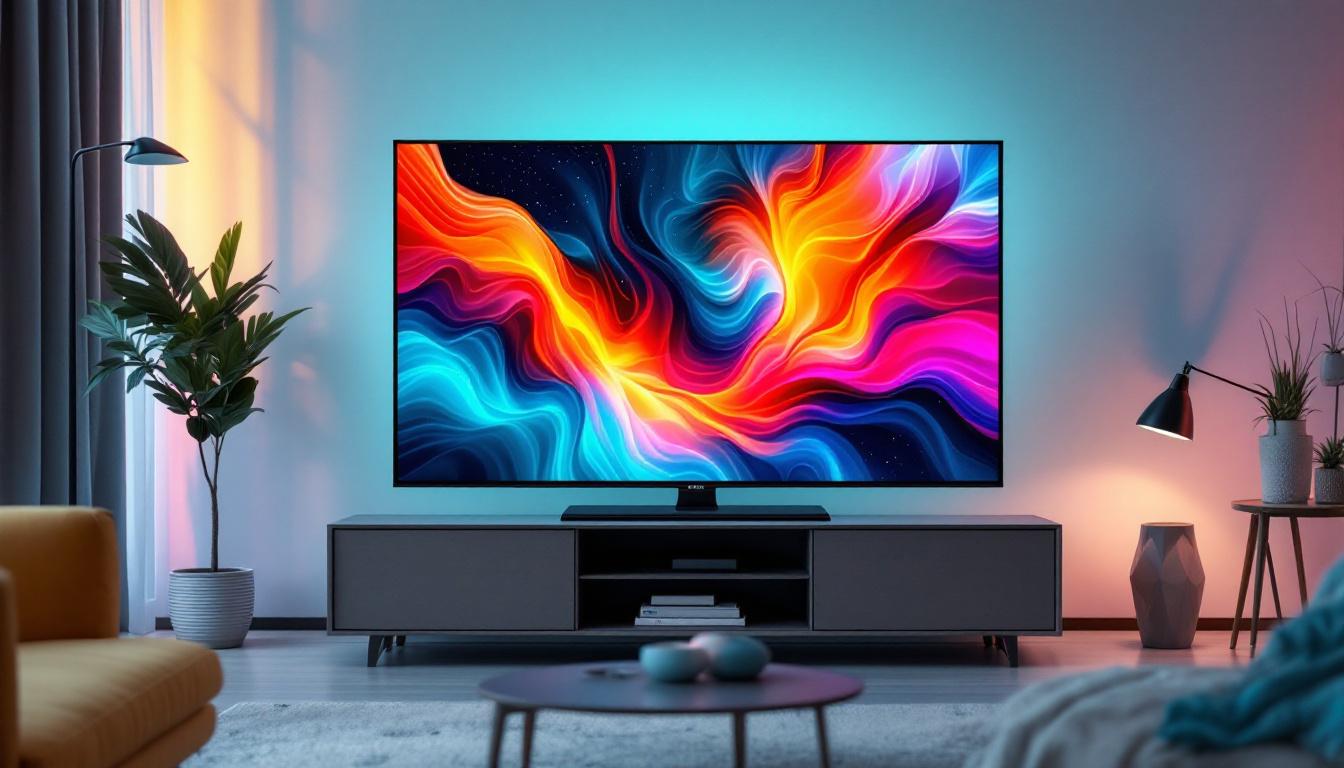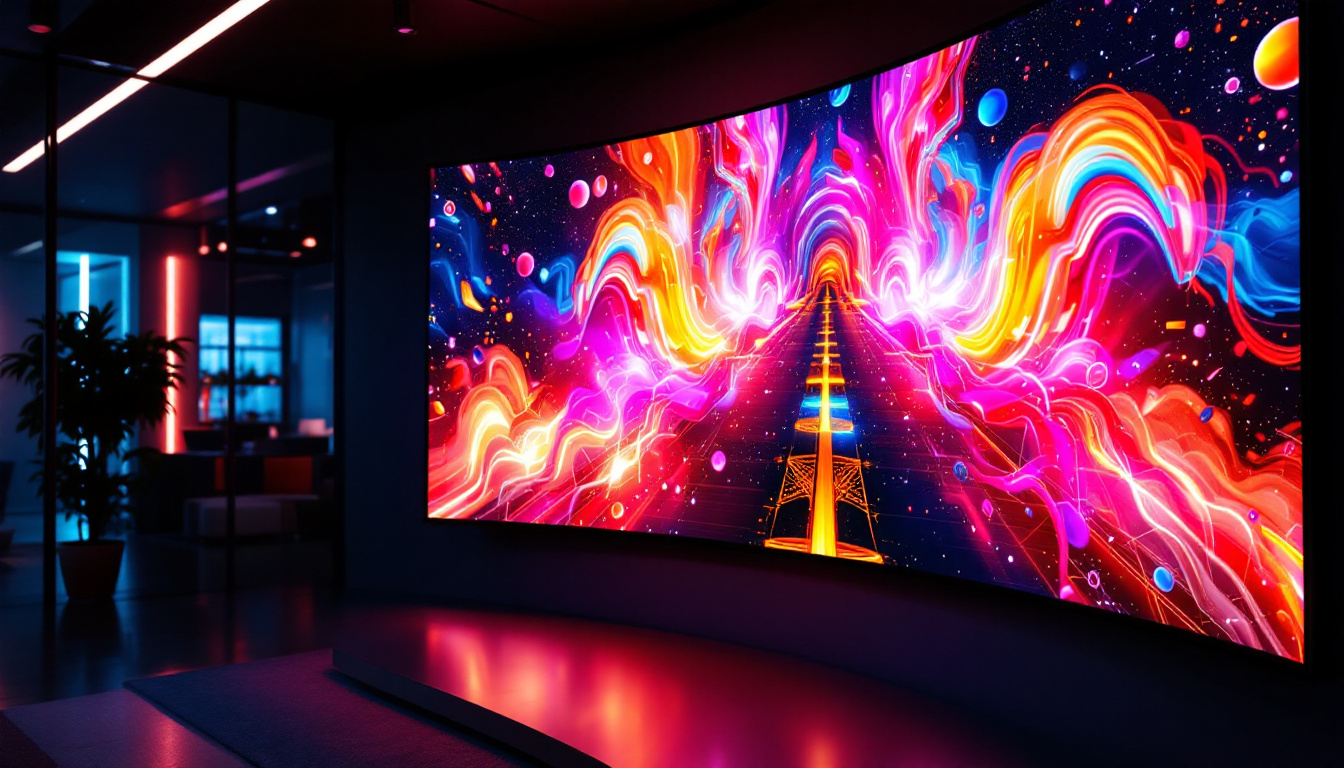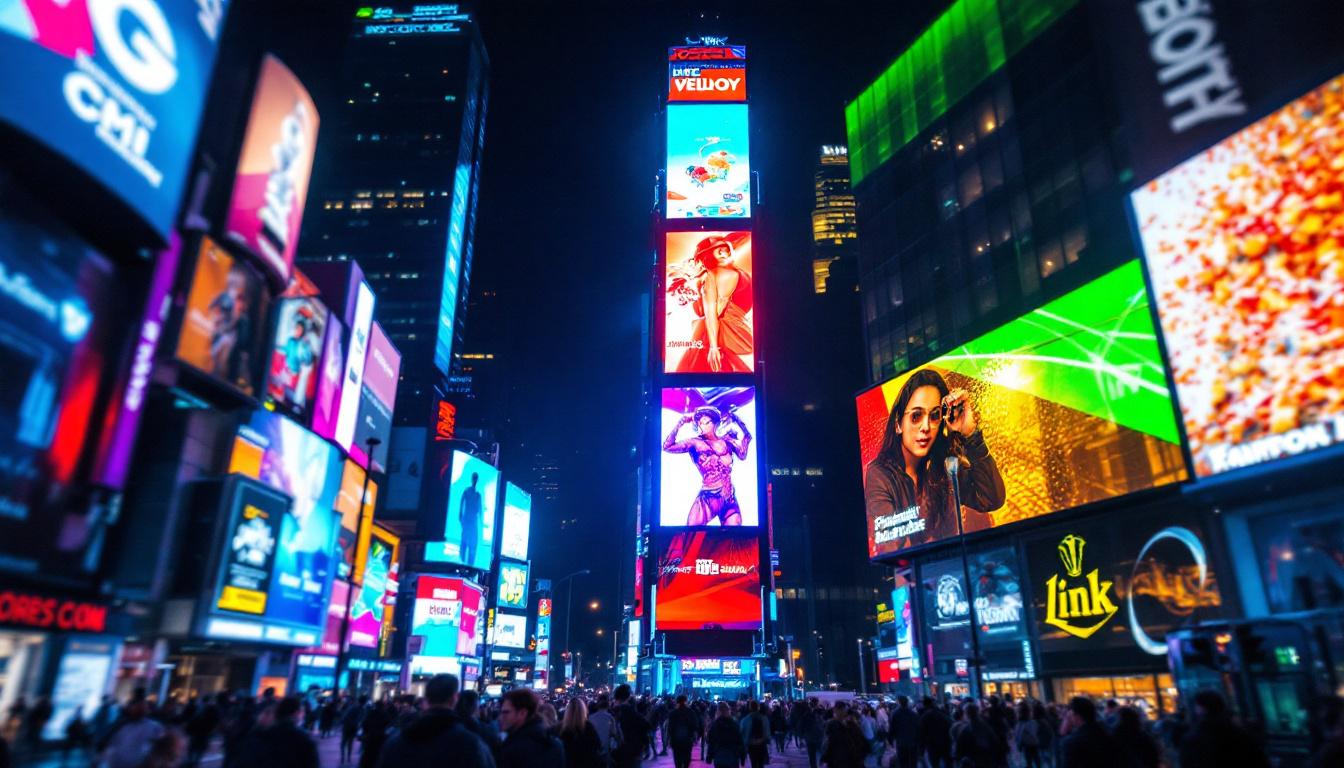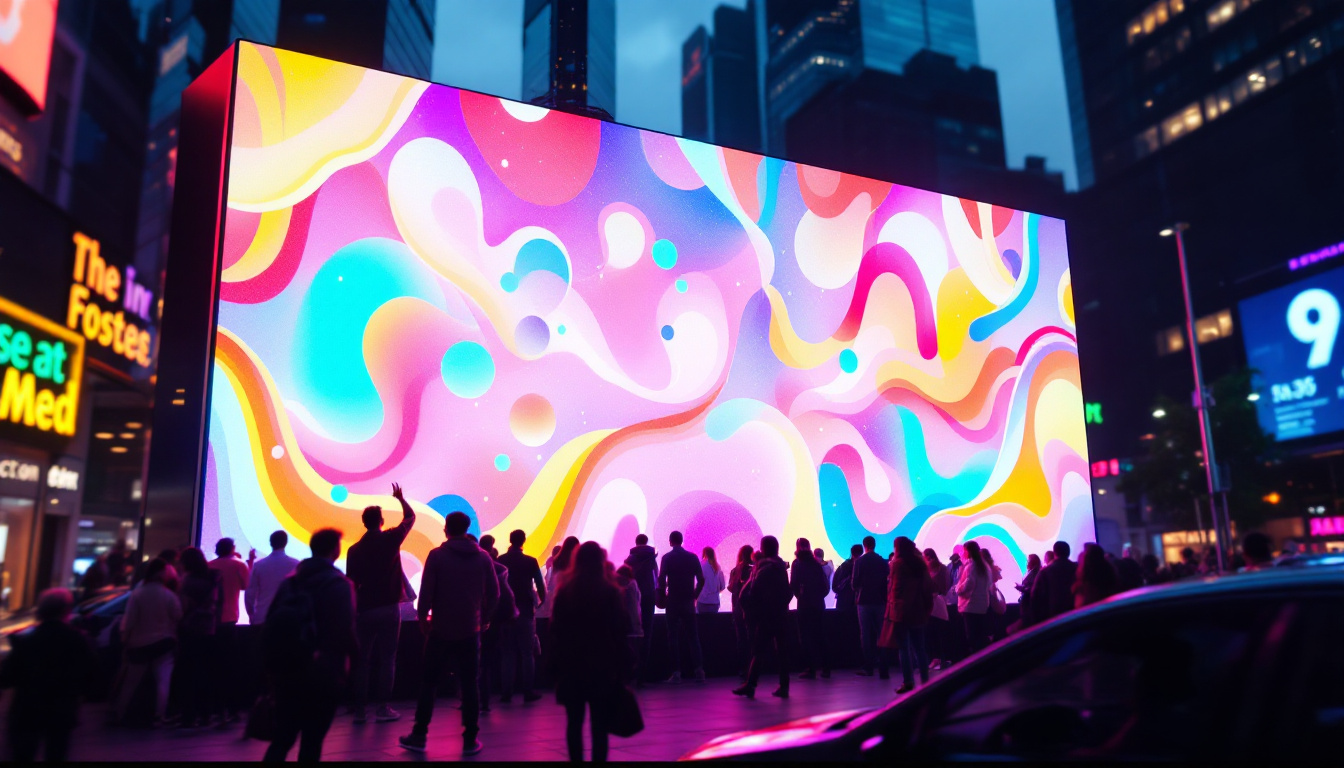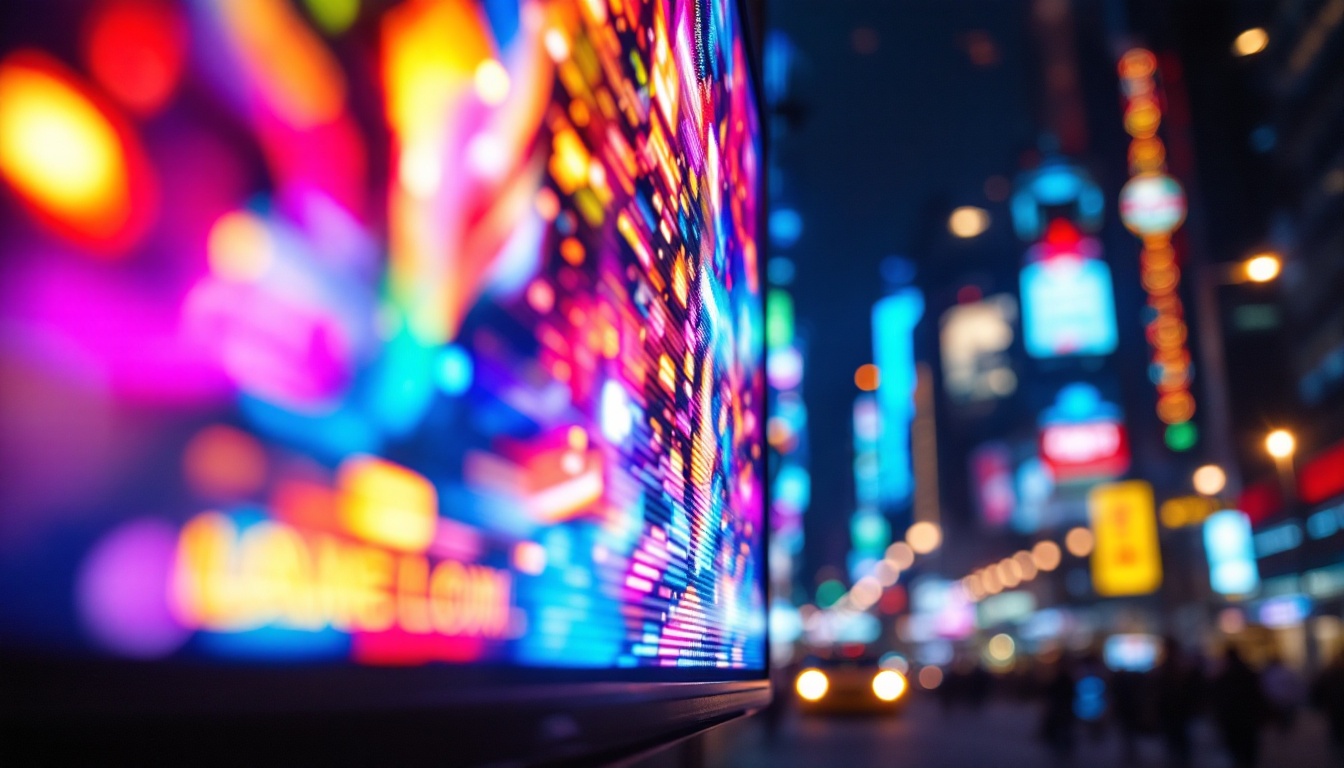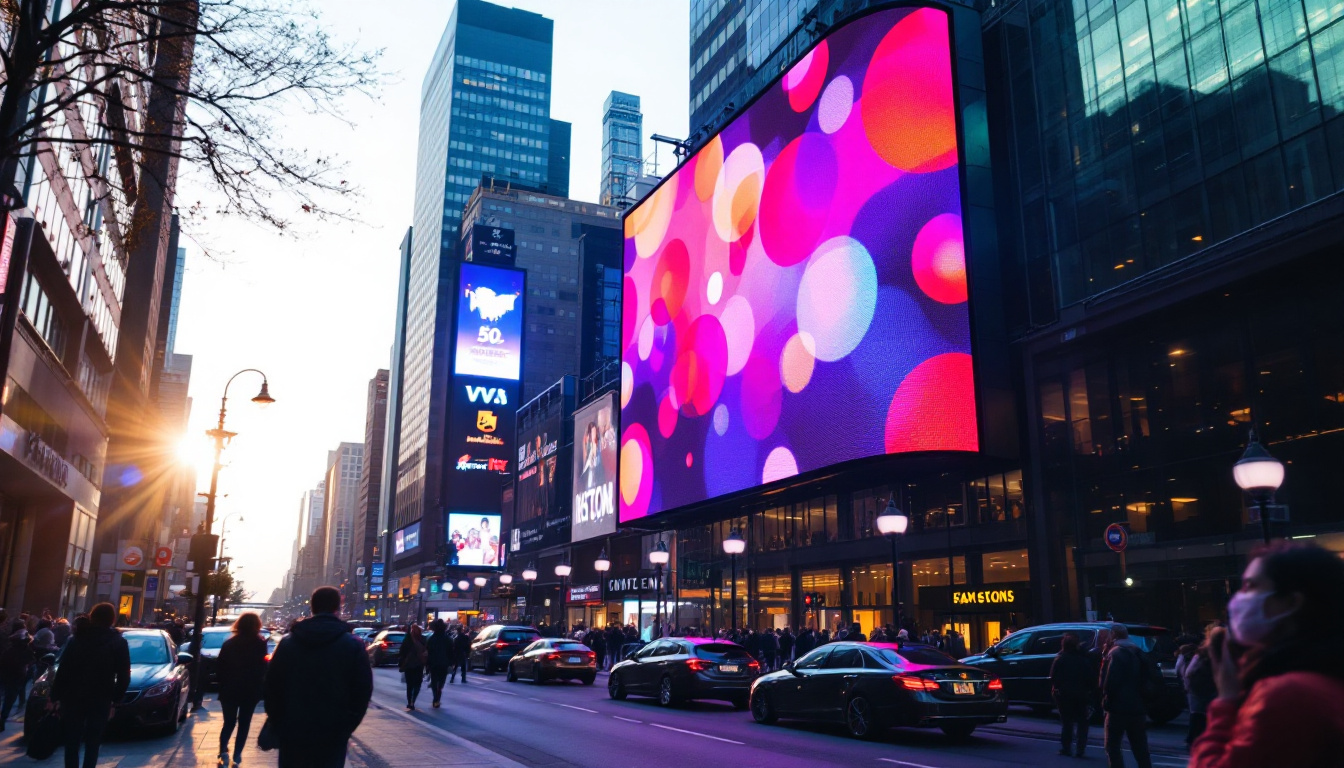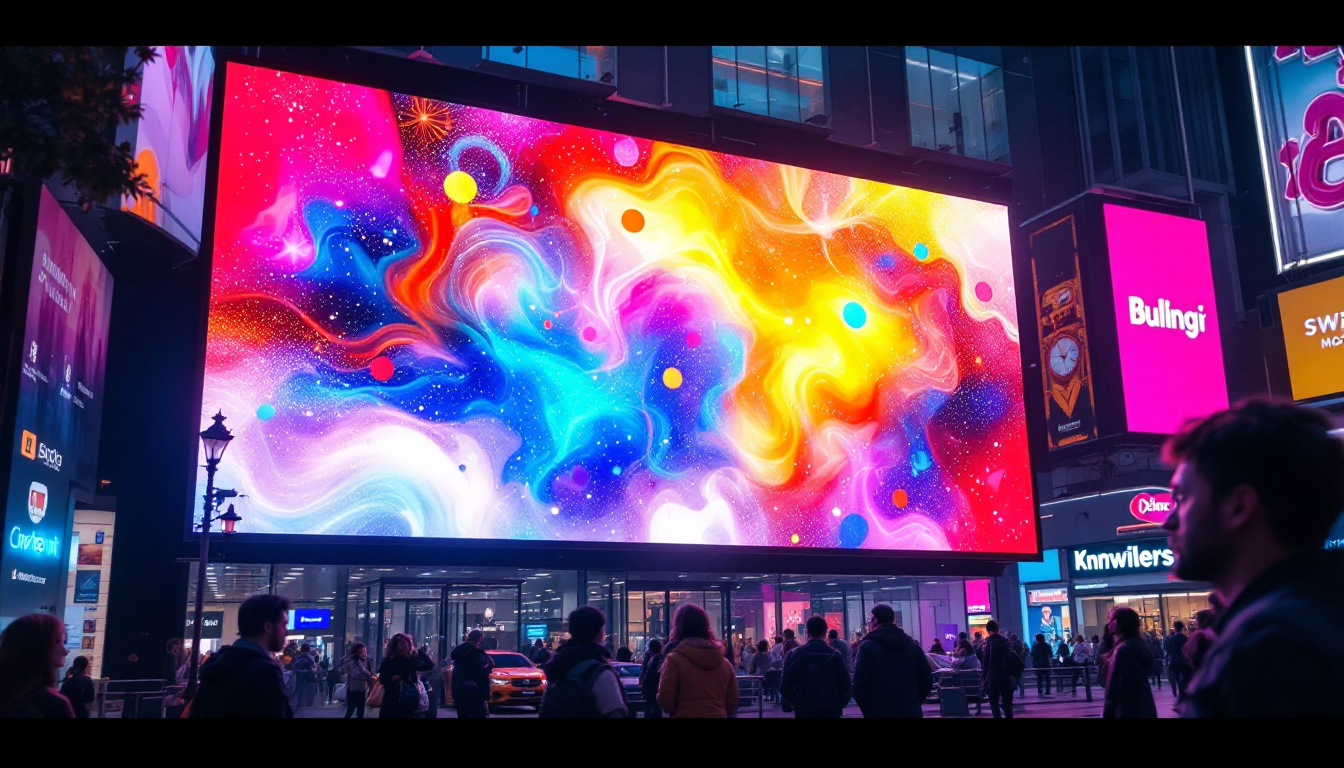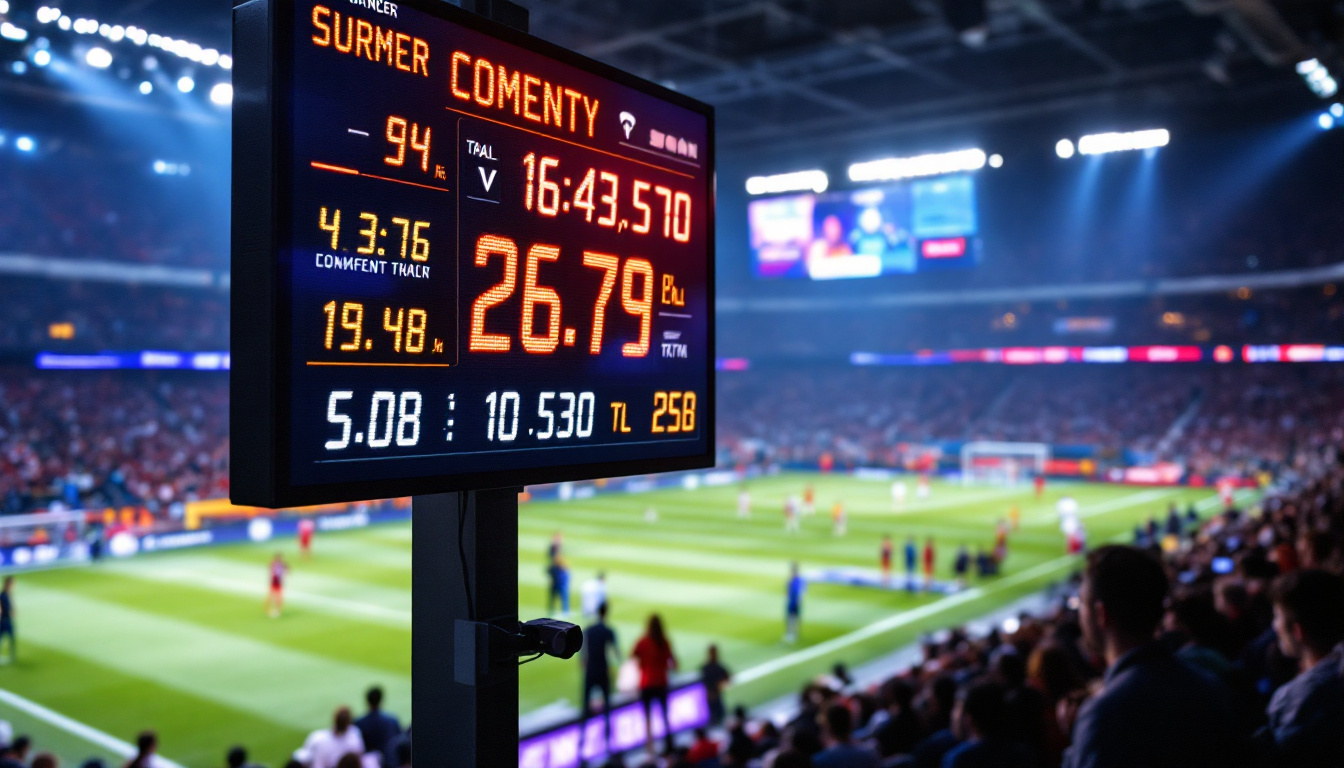Times Square, often referred to as “The Crossroads of the World,” is a bustling hub of activity and a prime location for advertisers. With its vibrant LED displays and high foot traffic, advertising in this iconic location can be a game-changer for brands. However, understanding the costs associated with LED display advertising in Times Square is essential for businesses looking to make a significant impact. This article delves into the various factors that influence advertising costs in Times Square, the types of LED displays available, and how to effectively navigate this competitive landscape.
The Landscape of Times Square Advertising
Advertising in Times Square is unlike any other location in the world. The area is filled with bright lights, massive screens, and a diverse audience, making it a unique platform for brand visibility. The sheer volume of people passing through daily presents an unparalleled opportunity for advertisers to reach millions.
Foot Traffic and Audience Demographics
Times Square attracts over 50 million visitors annually, with a mix of tourists, locals, and business professionals. This diverse audience includes individuals from various demographics, making it an attractive location for brands targeting a wide range of consumers. Understanding the audience’s demographics can help advertisers tailor their messages effectively.
The high volume of foot traffic means that brands can achieve significant exposure in a short amount of time. However, this also means that competition is fierce, and advertisers must be strategic in their approach to stand out amidst the noise. Notably, the presence of international tourists adds a layer of complexity; brands must consider language barriers and cultural nuances when crafting their messages to ensure they resonate with a global audience. Additionally, the influx of business professionals during weekdays presents an opportunity for brands to cater specifically to this demographic, offering products and services that align with their needs and interests.
Types of LED Displays
There are several types of LED displays available for advertising in Times Square, each with its unique features and costs. The most common types include:
- Static LED Billboards: These are large, fixed displays that offer high visibility and are often used for long-term campaigns.
- Digital LED Screens: These screens can display dynamic content, allowing advertisers to change their messages frequently, which is ideal for promotions or events.
- interactive displays: These innovative screens engage audiences through touch or motion, creating a memorable experience that enhances brand interaction.
In addition to these traditional formats, brands are increasingly exploring augmented reality (AR) and virtual reality (VR) experiences to captivate audiences in Times Square. By integrating these technologies, advertisers can create immersive experiences that not only draw attention but also encourage audience participation. For instance, a brand might set up an AR display where passersby can interact with virtual elements, allowing them to engage with the product in a fun and innovative way. This not only elevates brand recall but also fosters a deeper emotional connection with potential customers, setting the stage for lasting impressions in a bustling environment.
Factors Influencing Advertising Costs
The cost of advertising on LED displays in Times Square can vary widely based on several factors. Understanding these elements is crucial for businesses looking to budget effectively for their campaigns.
Location and Visibility
The specific location of an LED display within Times Square significantly impacts its cost. Displays situated in high-traffic areas, such as near major intersections or popular attractions, typically command higher prices due to their visibility. Advertisers must consider the location’s foot traffic and the likelihood of reaching their target audience. For instance, screens positioned near iconic landmarks like the TKTS booth or the New Year’s Eve ball drop not only attract tourists but also locals, making them prime real estate for advertisers aiming to maximize exposure. Additionally, the time of day can influence visibility; displays that shine brightly during the evening rush hour can capture the attention of thousands, amplifying the return on investment for brands willing to pay a premium for these coveted spots.
Duration of the Campaign
The length of time an advertisement runs also influences the overall cost. Short-term campaigns may be more expensive on a per-day basis, while longer campaigns can benefit from discounted rates. Advertisers should evaluate their marketing objectives and choose a duration that aligns with their goals. For example, a brand launching a new product might opt for a short, high-impact campaign to create buzz, while a company looking to build brand awareness over time may choose a longer duration that allows for repeated exposure. Moreover, seasonal factors can play a role; campaigns during peak tourist seasons or major events, such as the Super Bowl or the holiday shopping season, may require strategic planning to optimize both timing and budget.
Content and Production Costs
In addition to the display costs, advertisers must also consider the expenses associated with creating high-quality content. Engaging visuals and compelling messages are essential for capturing the audience’s attention. Depending on the complexity of the content, production costs can vary significantly. Brands should allocate a budget not only for the display space but also for the creative development of their advertisements. This includes hiring skilled graphic designers, videographers, and copywriters to ensure that the final product stands out in the bustling environment of Times Square. Furthermore, the integration of innovative technologies, such as augmented reality or interactive elements, can elevate an advertisement’s impact but may also increase production costs. Thus, businesses should carefully weigh the benefits of such enhancements against their overall advertising budget to create a compelling and effective campaign.
Understanding the Pricing Structure
To navigate the costs of LED advertising in Times Square effectively, it’s important to understand the typical pricing structures involved. Prices can range from thousands to millions of dollars, depending on various factors.
Average Costs for LED Displays
On average, renting a prominent LED display in Times Square can cost anywhere from $5,000 to $20,000 per day. However, this is just a baseline, as the most sought-after locations can exceed these figures dramatically. For instance, premium locations with high visibility can charge upwards of $100,000 per day, especially during peak tourist seasons or major events.
Negotiation and Packages
Many advertising companies offer packages that can help reduce costs for businesses willing to commit to longer campaigns. Negotiating rates based on the duration and frequency of the advertisement can lead to significant savings. Brands should be prepared to discuss their advertising goals and explore various options to find the best fit for their budget.
Maximizing ROI on Times Square Advertising
Investing in LED display advertising in Times Square can yield substantial returns if approached strategically. Here are some tips for maximizing return on investment (ROI):
Targeting the Right Audience
Understanding the audience is crucial for any advertising campaign. Brands should conduct thorough research to identify their target demographic and tailor their messages accordingly. Utilizing data analytics can help advertisers refine their strategies and ensure they are reaching the right people at the right time.
Engaging Content Creation
Content is king, especially in a visually overwhelming environment like Times Square. Advertisers should focus on creating eye-catching, memorable content that resonates with viewers. Utilizing vibrant colors, dynamic animations, and clear messaging can help capture attention and drive engagement.
Leveraging Social Media and Interactivity
Integrating social media campaigns with LED advertising can enhance engagement and broaden reach. Encouraging viewers to interact with the display through social media hashtags or contests can create a buzz around the brand. Additionally, incorporating interactive elements into the display can further engage the audience and create a memorable experience.
Case Studies: Successful Times Square Campaigns
Several brands have successfully leveraged Times Square’s advertising potential to achieve remarkable results. Analyzing these case studies can provide valuable insights for businesses considering similar campaigns.
Brand A: A Viral Sensation
Brand A launched a campaign featuring a stunning LED display that showcased a new product. The display incorporated real-time social media feeds, allowing viewers to see live reactions and comments. This interactive element not only drew crowds but also generated significant online buzz, leading to a viral marketing success.
Brand B: Seasonal Promotions
Brand B utilized Times Square advertising during the holiday season to promote a limited-time offer. By creating a visually striking display that highlighted their seasonal products, the brand attracted a large audience. The campaign resulted in a notable increase in sales, demonstrating the effectiveness of targeted seasonal advertising in a high-traffic area.
Challenges and Considerations
While the potential for success is high, advertising in Times Square does come with its challenges. Brands must be prepared to navigate these obstacles to ensure a successful campaign.
High Competition
The sheer volume of advertisements in Times Square means that competition is intense. Brands must find ways to differentiate themselves and create unique, memorable campaigns that stand out from the crowd. This requires creativity, innovation, and a deep understanding of the audience.
Regulations and Compliance
Advertising in Times Square is subject to specific regulations and guidelines. Brands must ensure that their advertisements comply with local laws and regulations, which can vary based on the type of content and display. Familiarizing oneself with these requirements is essential to avoid potential legal issues.
Conclusion
Advertising in Times Square presents a unique opportunity for brands to gain visibility and engage with a diverse audience. While the costs associated with LED displays can be significant, understanding the factors that influence pricing and developing a strategic approach can lead to successful campaigns. By leveraging the power of creative content, targeting the right audience, and maximizing engagement, businesses can make the most of their investment in this iconic advertising space.
As the landscape of advertising continues to evolve, Times Square remains a beacon for brands looking to make a lasting impression. With careful planning and execution, the potential for success is limitless.
Illuminate Your Brand with LumenMatrix
Ready to make your mark in the vibrant landscape of Times Square? LumenMatrix is at the forefront of LED display innovation, offering a wide array of solutions to bring your brand to life. From Indoor and Outdoor LED Wall Displays to specialized options like Vehicle, Sports, and Floor LED Displays, our technology is designed to captivate and engage. Embrace the future of visual communication with our Custom, All-in-One, and Transparent LED Displays, and see how our commitment to excellence can transform your advertising strategy. Check out LumenMatrix LED Display Solutions and elevate your message with brilliance and precision.

